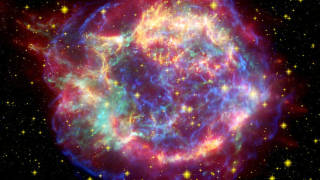Universe
ID: 11319
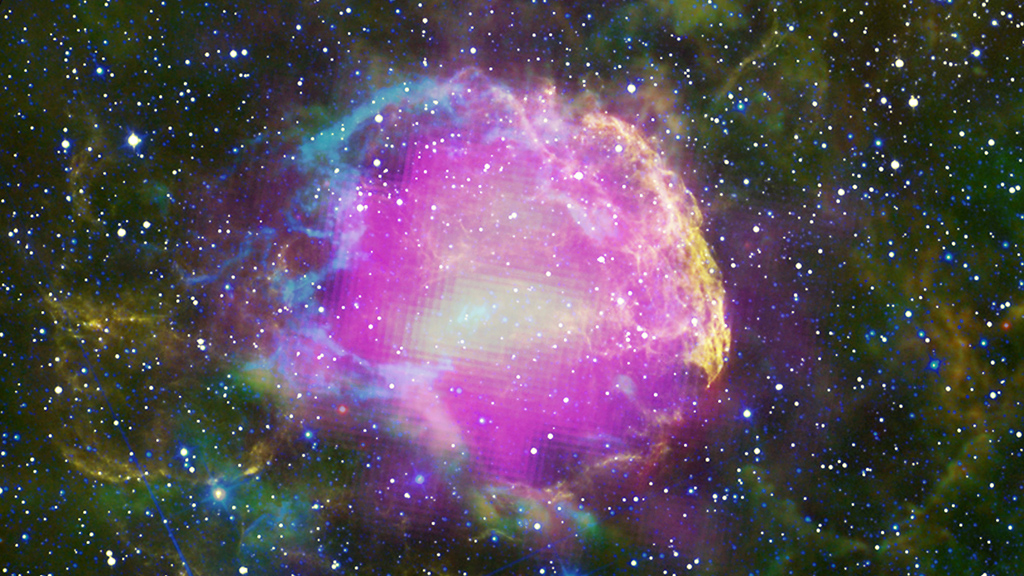
Scientists always suspected supernova remnants could speed up cosmic rays, the streams of charged particles that exist throughout space. Now they have proof. NASA’s Fermi Gamma-ray Space Telescope caught two supernova remnants—IC 443 and W44—red-handed as they accelerated cosmic rays to near the speed of light. As cosmic rays travel through the Milky Way galaxy, magnetic fields scramble their paths. By the time the particles reach Earth, the tracks leading back to their source are so complex they’re completely untraceable. So scientists came up with an indirect method for identifying the origins of these particles: observing gamma-ray emissions created by the interaction of accelerated cosmic rays with clouds of interstellar gas. Watch the video to learn more.
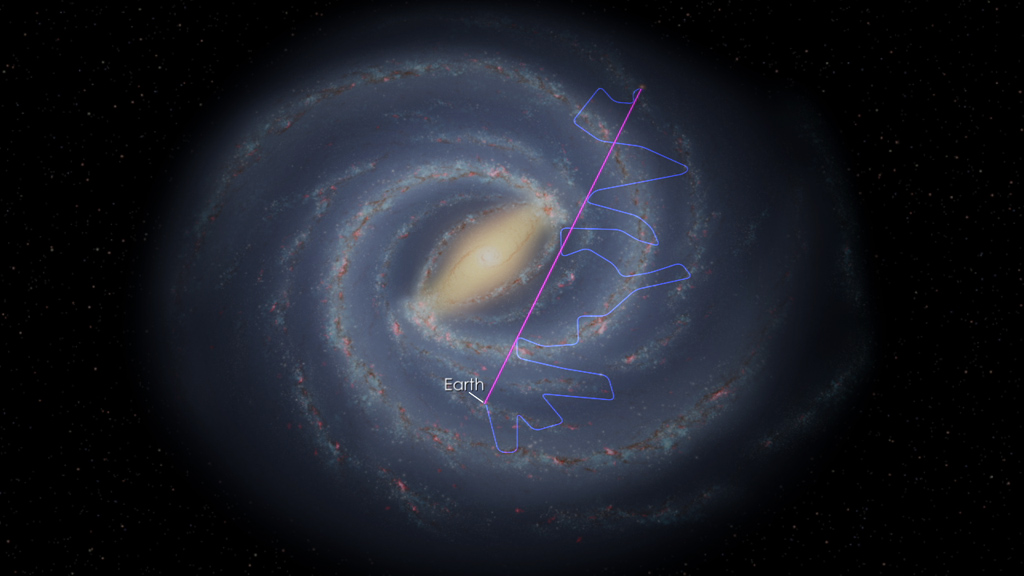
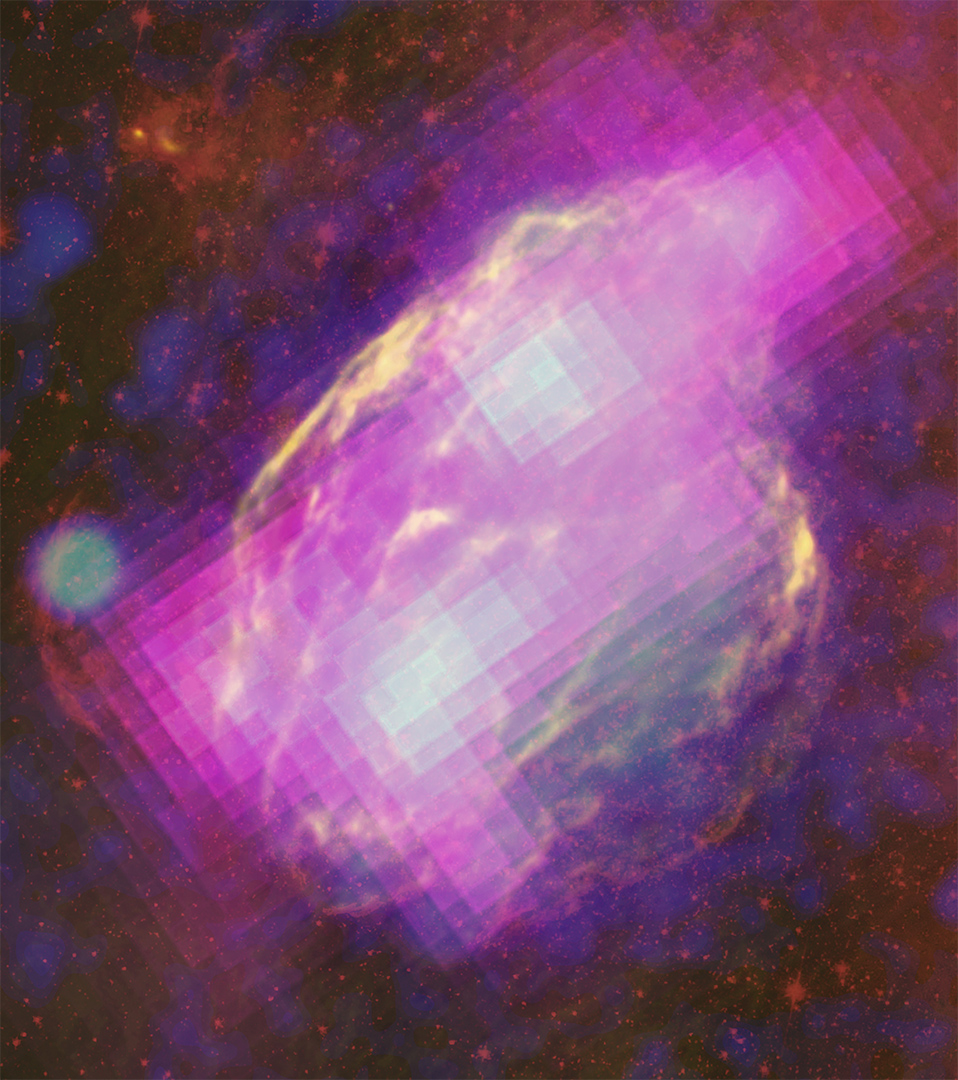
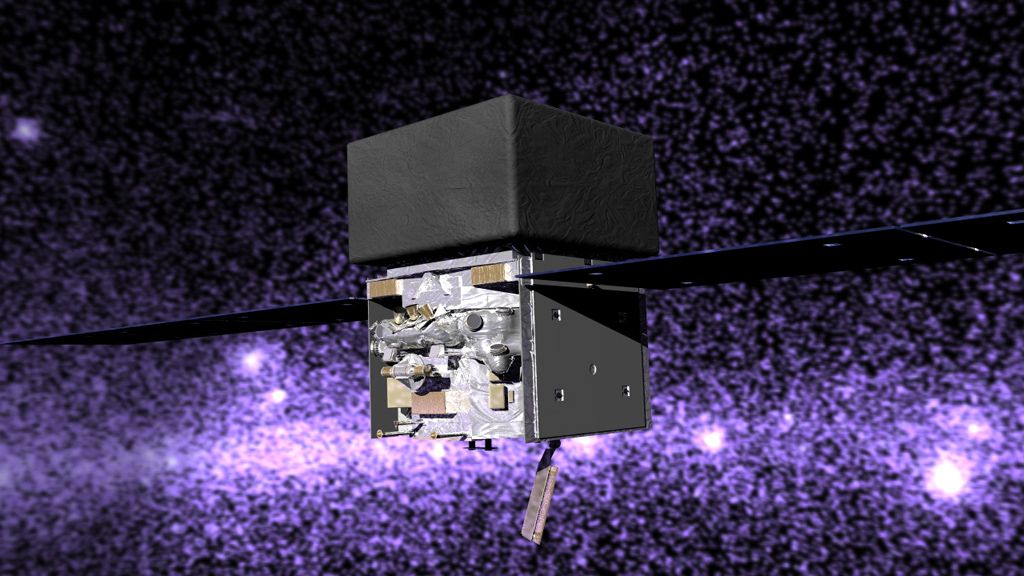
Detecting Superfast Matter




Related Story
For More Information
Story Credits
Visualizers/Animators:
Scott Wiessinger (USRA)
Walt Feimer (HTSI)
Video Editor:
Scott Wiessinger (USRA)
Narrator:
Scott Wiessinger (USRA)
Producer:
Scott Wiessinger (USRA)
Lead Scientists:
Stefan Funk (KIPAC)
Elizabeth Hays (NASA/GSFC)
Writers:
Scott Wiessinger (KBR Wyle Services, LLC)
Francis Reddy (University of Maryland College Park)
Lead Writer:
Talya Lerner (NASA/GSFC)
Scott Wiessinger (USRA)
Walt Feimer (HTSI)
Video Editor:
Scott Wiessinger (USRA)
Narrator:
Scott Wiessinger (USRA)
Producer:
Scott Wiessinger (USRA)
Lead Scientists:
Stefan Funk (KIPAC)
Elizabeth Hays (NASA/GSFC)
Writers:
Scott Wiessinger (KBR Wyle Services, LLC)
Francis Reddy (University of Maryland College Park)
Lead Writer:
Talya Lerner (NASA/GSFC)
Please give credit for this item to:
NASA's Goddard Space Flight Center
Cover image courtesy of NASA/DOE/Fermi LAT Collaboration, Tom Bash and John Fox/Adam Block/NOAO/AURA/NSF, JPL-Caltech/UCLA
W44 image courtesy of NASA/DOE/Fermi LAT Collaboration, NRAO/AUI, JPL-Caltech, ROSAT
NASA's Goddard Space Flight Center
Cover image courtesy of NASA/DOE/Fermi LAT Collaboration, Tom Bash and John Fox/Adam Block/NOAO/AURA/NSF, JPL-Caltech/UCLA
W44 image courtesy of NASA/DOE/Fermi LAT Collaboration, NRAO/AUI, JPL-Caltech, ROSAT
Short URL to share this page:
https://svs.gsfc.nasa.gov/11319
Keywords:
DLESE >> Narrated
SVS >> App
NASA Science >> Universe
https://svs.gsfc.nasa.gov/11319
Keywords:
DLESE >> Narrated
SVS >> App
NASA Science >> Universe
